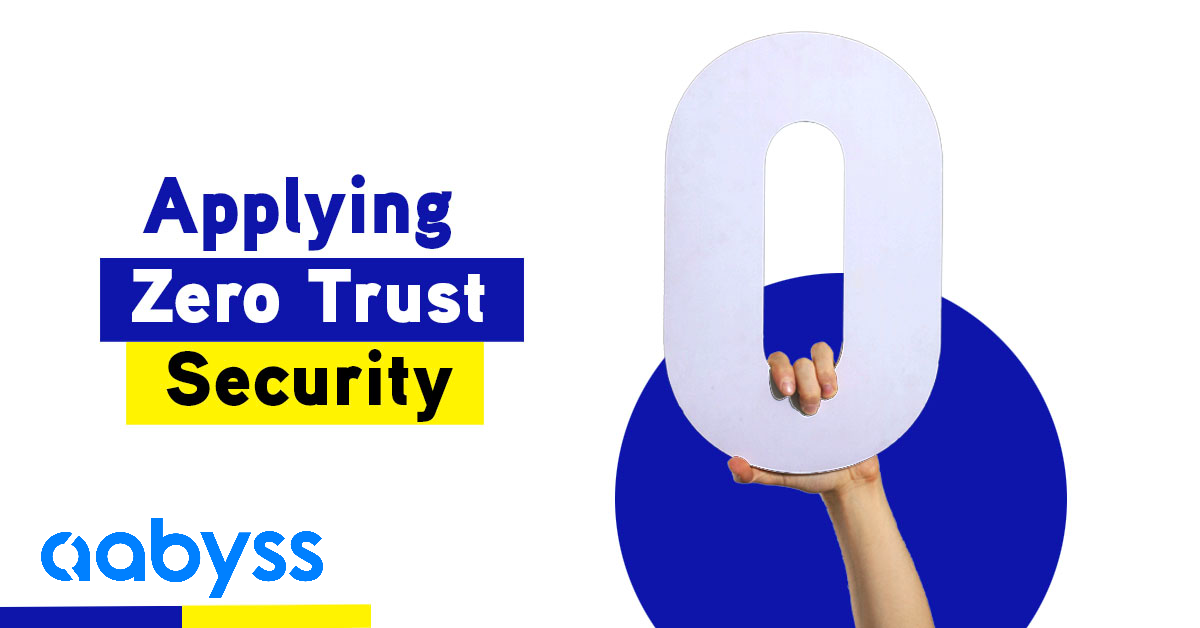Welcome to the Aabyss blog.
4 Steps to Zero Trust Cybersecurity for Small Businesses.
This blog is designed to help busy small business owners understand the basics of implementing a Zero Trust security system and how to maintain it.
Step 1
First, it's essential to understand what Zero Trust means and why it's crucial. Zero Trust is a security methodology based on the "never trust, always verify" Principle. This means that no matter who or what is trying to access your business's network, all entities should be treated with suspicion and authentication checks should be in place. This goes for internal and external users and devices that access your network, such as employee laptops or mobile phones.
Misuse of privileged access is one of the most common reasons for cyberattacks. Limiting access ensures that users are granted minimal access without affecting their day-to-day activities. Here are some standard security practices that organisations have adopted to restrict access:
- Just-in-time access (JIT) – Users, devices or applications are granted access only for a predetermined period. This helps limit the time one has access to critical systems.
- Principle of least privilege (PoLP) – Users, devices or applications are granted the least access or permissions needed to perform their job role.
- Segmented application access (SAA) – Users can only access permitted applications, preventing malicious users from gaining access to the network.
Step 2
The second step is to define your requirements and create a policy. You should map out all your assets and determine how each element will be accessed. This includes software applications, server resources, web services and other network elements. You'll also need to decide which authentication methods will be used and create a policy outlining the protocols that must be followed when accessing your network.
Step 3
The third step is implementing the tools needed to enforce your security policy. This may include setting up two-factor authentication, which requires a user to enter multiple pieces of information ( such as a username, password, and security code) to access the network. Other tools may include:
- Encryption software.
- Server-side access controls.
- Password protection tools.
- Secure file viewership systems.
Step 4
Finally, the fourth step is to create an audit program to maintain your Zero Trust environment. This includes monitoring login attempts for unusual behaviour and keeping detailed records of users' activities on the network. Reviewing your security policy regularly and updating it as needed is also essential.
These steps will help ensure your business has a secure network and maintain a Zero Trust environment. If you have any questions or need help implementing these steps in your business, contact your local IT professional or consult a cybersecurity expert. Thank you for reading!
Aabyss are here to help.
Achieving zero trust compliance on your own can be a daunting task. However, partnering with an IT service provider like us can ease your burden. Leverage our advanced technologies and expertise to implement zero trust within your business — without hiring additional talent or bringing on additional tools yourself.
Download our infographic "Why Now Is the Time to Embrace Zero Trust" to learn actionable steps you can take today to build a solid zero trust security framework. Then, reach out to Aabyss for a no-obligation consultation.
Click the image below or above the recent posts section at the top of the page to claim your FREE infographic.




Leave a Comment